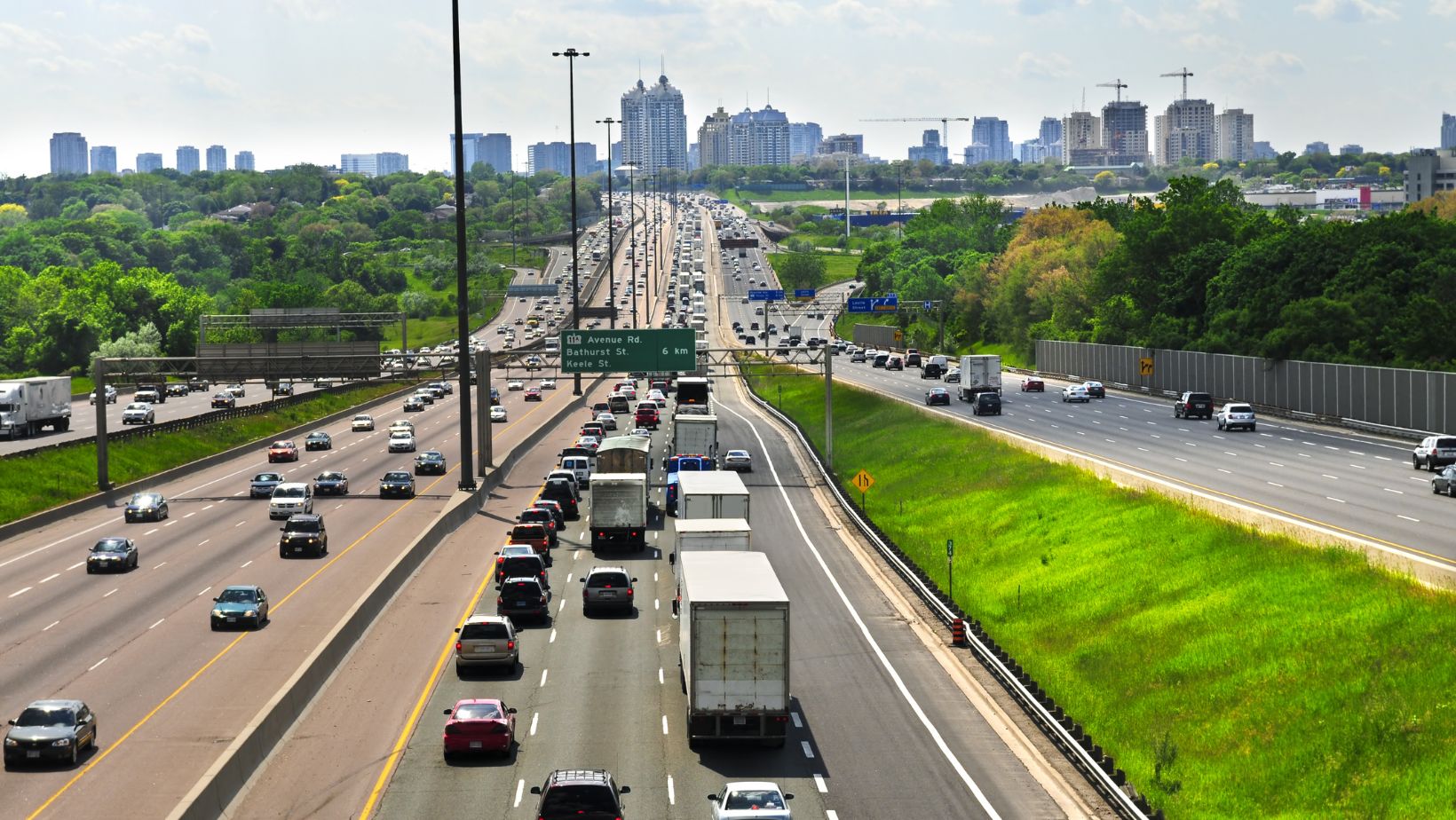 Driving on Texas highways often means sharing the road with large commercial trucks. These massive vehicles, while essential for transporting goods, pose unique challenges and dangers for smaller cars, especially when families are on the road. To ensure the safety of your loved ones, it’s important to understand how to navigate around trucks carefully and defensively. Here are some essential safety tips to protect your family when driving near trucks in Texas.
Driving on Texas highways often means sharing the road with large commercial trucks. These massive vehicles, while essential for transporting goods, pose unique challenges and dangers for smaller cars, especially when families are on the road. To ensure the safety of your loved ones, it’s important to understand how to navigate around trucks carefully and defensively. Here are some essential safety tips to protect your family when driving near trucks in Texas.
Despite all precautions, accidents can still happen, and truck accidents often result in serious consequences. If you or a family member are involved in a truck accident in Texas, it’s important to consult an experienced truck accident attorney in Dallas. Truck accidents can involve complex liability issues, especially when commercial vehicles and insurance companies are involved.
Stay Out of Blind Spots
One of the biggest dangers when driving near trucks is their large blind spots. Known as “No-Zones,” these blind spots are areas around the truck where the driver has limited or no visibility. Trucks have significant blind spots on both sides, directly behind and directly in front of the vehicle. If you’re in one of these areas, the truck driver may not see you, increasing the risk of a collision.
To stay safe, always pass trucks on the left, where the driver has better visibility, and avoid lingering in their blind spots for an extended period. Make sure you can see the truck’s mirrors, which is a good indication that the driver can see you, too.
Maintain a Safe Following Distance
When driving behind a truck, it’s crucial to maintain a safe following distance. Trucks take longer to stop than smaller vehicles due to their size and weight. If a truck suddenly brakes, a car that’s too close behind won’t have enough time to react, potentially leading to a rear-end collision.
Allow at least four to five seconds of distance between your vehicle and the truck in front of you, and increase this distance in bad weather or poor road conditions. Maintaining this buffer zone also allows you more time to react to sudden changes in traffic or emergencies.
Pass Trucks Quickly and Safely
If you need to pass a truck on the highway, do so quickly and safely. Don’t linger beside a truck, as they have large blind spots along their sides. Make sure the road ahead is clear, use your signal, and pass the truck on the left, where visibility is better. Always give yourself plenty of space before merging back in front of the truck, and avoid cutting too closely in front of them, as trucks need extra time to slow down or stop.

Texas highways often have wide, multi-lane roads, so use these to your advantage by giving trucks ample space as you pass.
Be Cautious in High Winds and Bad Weather
High winds and bad weather can make driving near trucks particularly dangerous. Trucks are more susceptible to strong winds because of their large size and tall trailers, which can cause them to sway or drift into other lanes. When driving in windy conditions, especially on open highways, keep your distance from trucks and be prepared for sudden lane shifts.
Rain, fog, and other adverse weather conditions also make it harder for trucks to stop or maneuver. Slow down and give trucks extra space when visibility is reduced, or roads are slick. It’s also wise to avoid driving beside a truck during heavy rain, as water spray from their tires can severely reduce visibility.
Merge and Change Lanes Safely
On highways, roads will often merge together, either due to on-ramps or construction zones. When merging near a truck, be sure to signal well in advance and make sure there’s plenty of space before moving into the truck’s lane. Trucks have a harder time slowing down, so it’s dangerous to merge suddenly in front of them. Always accelerate to match the flow of traffic and avoid merging into a truck’s blind spot.
In construction zones, lane changes and merges are common, so exercise extra caution around trucks in these areas. Construction zones can be narrow, and trucks need more room to maneuver. Ensure you’re visible to the truck driver and never merge too close in front of them.
Avoid Distractions and Stay Focused
Distracted driving is one of the leading causes of accidents, and this risk is amplified when driving near trucks. It only takes a moment of distraction—whether it’s checking your phone, talking to passengers, or adjusting the radio—for a dangerous situation to arise. Always stay focused and alert when driving around trucks, and encourage other drivers in the family to do the same.
Keep your hands on the wheel and your eyes on the road, especially in high-traffic areas or when trucks are nearby. By staying attentive, you’ll be better prepared to react to any sudden movements from the truck or changes in traffic conditions.
Use Your Signals Early
Truck drivers need more time and distance to react compared to smaller vehicles. Whenever you’re planning to change lanes, exit the highway, or turn, use your signals well in advance. Giving early notice allows the truck driver time to adjust their speed or position, reducing the likelihood of a collision.

When driving with your family, this simple habit of signaling early can be a lifesaver, ensuring everyone on the road knows your intentions.
Be Patient and Give Trucks the Right of Way
Trucks are slower to accelerate, and they take up more space on the road. If you find yourself driving behind a truck, be patient rather than trying to overtake aggressively. In congested traffic or on hills, trucks may move slower than cars, but tailgating or trying to cut them off won’t get you anywhere faster—and it greatly increases the risk of an accident.
Give trucks the right of way when necessary, and always be courteous on the road. Your family’s safety is worth more than gaining a few seconds of time by rushing to pass a truck.
Contacting an Attorney After a Truck Accident
An attorney can help you understand your rights, navigate insurance claims, and ensure that you receive the compensation you deserve to cover medical bills, damages, and other expenses. Having legal support can help ease the stress following a truck accident and protect your family’s future.
Stay Safe on Texas Roads
Driving near trucks requires extra caution and attention, but by following these safety tips, you can greatly reduce the risk of accidents and keep your family safe. From understanding blind spots to managing highway merges, being proactive on the road is the key to a safe and enjoyable journey on Texas highways. Stay safe, stay alert, and always prioritize your family’s well-being when sharing the road with trucks.
Ben Austin is the founder and CEO of multi-award-winning digital marketing agency Absolute Digital Media. Ben loves to write and share exclusive insights into the world of digital marketing from his own eyes.




